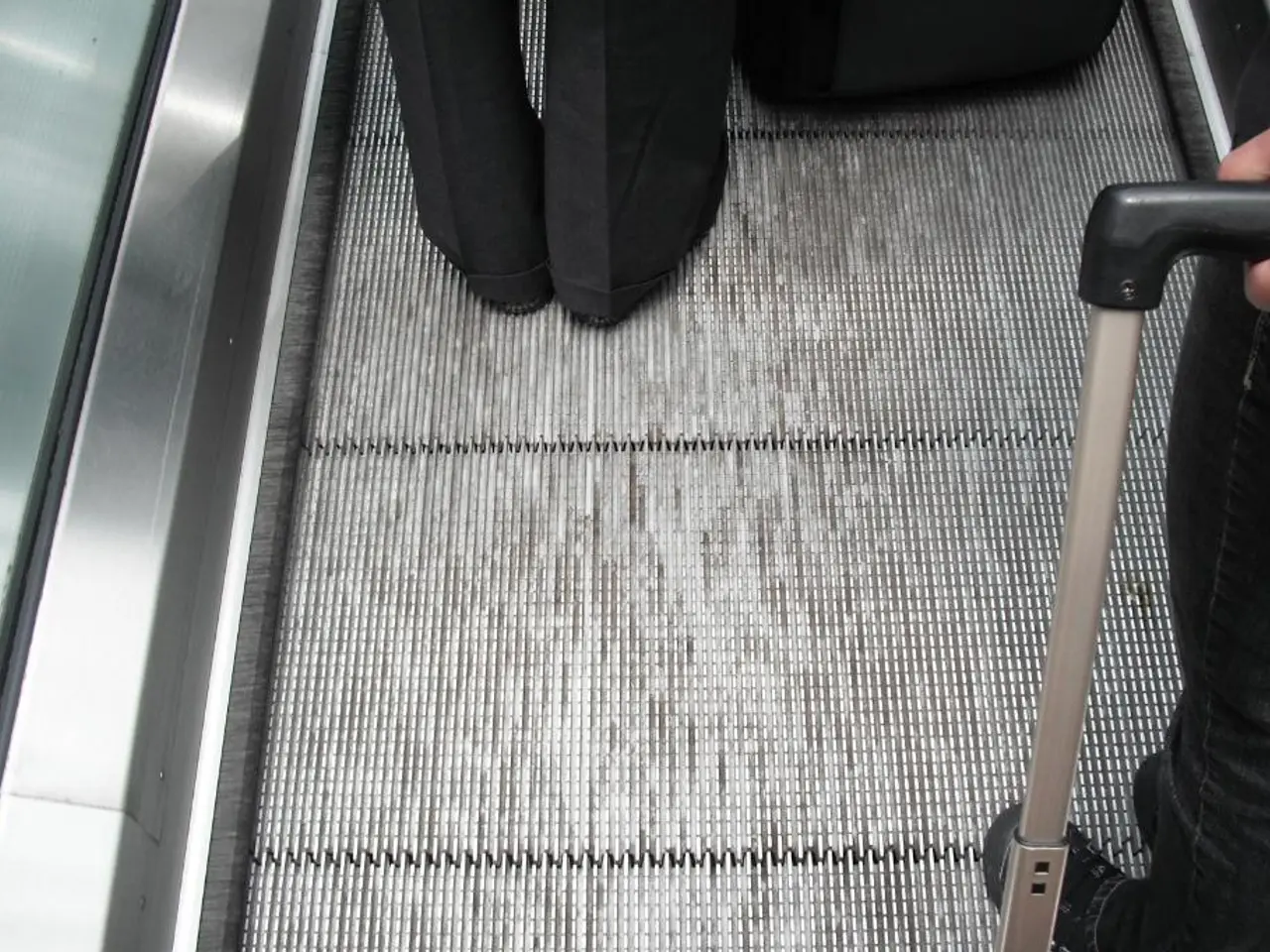Rising Steadily: The persistent increase in Minimum Wages across Central and Eastern Europe
Minimum Wage Rises Across Europe Narrow Gap Between East and West
The European Union (EU) has seen a significant increase in minimum wages, particularly in Central and Eastern European (CEE) countries, according to recent data. This trend, driven by the EU's new Minimum Wage Directive, has helped narrow the wage gap between these regions and Western Europe.
The Directive, due for national implementation by November 2024, aims to ensure statutory minimum wages are 'adequate'. It has led to substantial increases in minimum wages, especially in CEE, where minimum wages rose faster than in Western Europe, improving wage adequacy but still facing challenges like housing costs.
In 2025, countries such as Romania saw nearly a 23% increase, and Croatia and Bulgaria close to 15%, continuing a two-decade trend of rising minimum wages in CEE at a faster pace than in Western Europe.
The Directive largely encourages incremental, formula-based increases linked to median incomes rather than radical reform. Most EU countries, including many in Western Europe, transposed the Directive via adopting 'indicative reference values' linking minimum wages to median or average wages rather than overhauling wage-setting systems.
However, despite wage growth, external factors like housing costs hamper real improvements in living standards for minimum wage earners across the EU. Rising housing costs disproportionately affect minimum wage earners in both regions, limiting their real purchasing power and ability to live independently, with young workers particularly affected.
The Directive insists on robust frameworks: frequent updates, clear criteria for setting rates, and proper involvement of consultative bodies and social partners. An increasing number of governments are now referencing such values when calibrating their annual hikes.
The persistent differences in minimum wages mirror broader pay disparities and remain a key engine driving workers from East and South towards better prospects in the West and North. Among the 22 EU states with a national minimum wage, the gap between the highest (Luxembourg) and lowest (Bulgaria) has shrunk from 47 times higher in 2000 to less than five times by 2025.
With inflation easing, minimum wage earners in most countries enjoyed a boost in real terms, with their pay packets stretching a bit further than before. The need to attain adequate minimum wages is recognized across the bloc, including via a new EU directive that nudges national wage-setting into line.
Despite these changes, challenges remain. Slovenia is the rare exception, linking its minimum wage adjustments to changes in the cost of a defined basket of goods. Other countries, like Poland, Romania, Hungary, and Estonia, are closer to or within the 50–60% range of median wages, signaling improvements in adequacy. However, countries like Estonia and Latvia are still at the lower end, with minimum wages at 43% of median gross earnings.
In summary, the Directive has driven overall rises in minimum wages, especially in CEE, narrowing gaps in relative adequacy compared to Western Europe. However, despite wage growth, external factors like housing costs hamper real improvements in living standards for minimum wage earners across the EU. The Directive largely encourages incremental, formula-based increases linked to median incomes rather than radical reform.
[1] European Commission (2021). Minimum Wage Directive. Retrieved from https://ec.europa.eu/social/main.jsp?catId=1156&langId=en [2] Eurostat (2022). Minimum wages in the EU. Retrieved from https://ec.europa.eu/eurostat/web/products-eurostat-news/-/DS-19208 [3] ILO (2022). Minimum Wage Setting in the EU. Retrieved from https://www.ilo.org/wcmsp5/groups/public/---ed_protect/---protrav/---travail/documents/publication/wcms_824149.pdf [4] OECD (2022). Minimum Wages in Europe. Retrieved from https://www.oecd.org/employment/jobs/minimum-wages-in-europe-2022.htm [5] European Trade Union Confederation (2021). Minimum Wages in the EU. Retrieved from https://www.etuc.org/a-right-to-decent-pay/minimum-wages-in-the-eu
- The European Commission's Minimum Wage Directive, which encourages collective bargaining and social dialogue between businesses and their workers, aims to ensure that statutory minimum wages are 'adequate'.
- In the face of rising housing costs that limit the real purchasing power of minimum wage earners across the EU, many governments are now referencing the Directive's indicative reference values when calculating annual wage increases, emphasizing the importance of finance and business in determining minimum wage adequacy.




